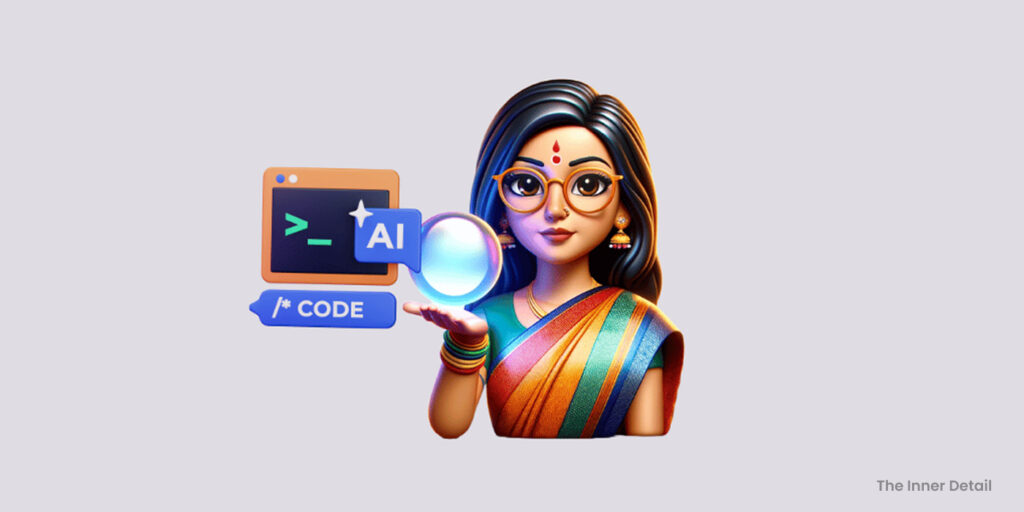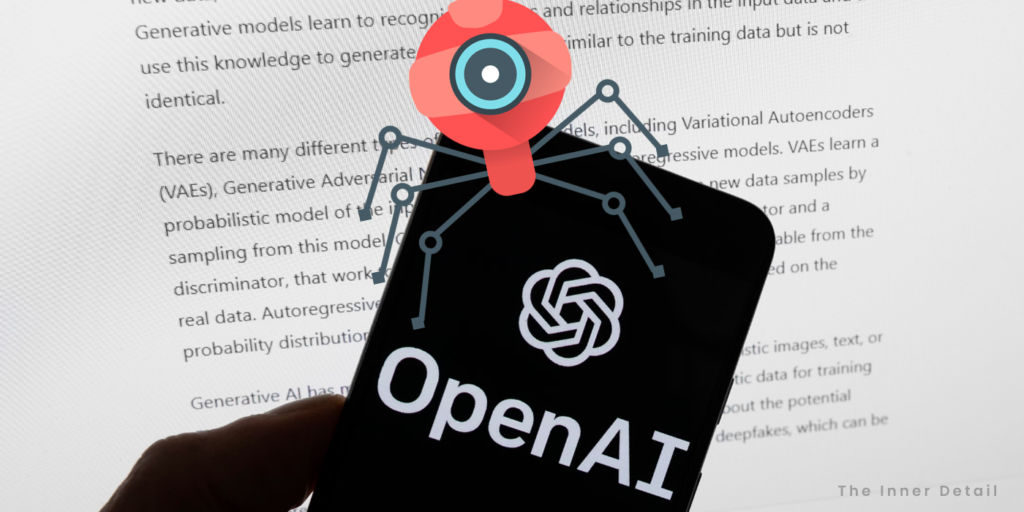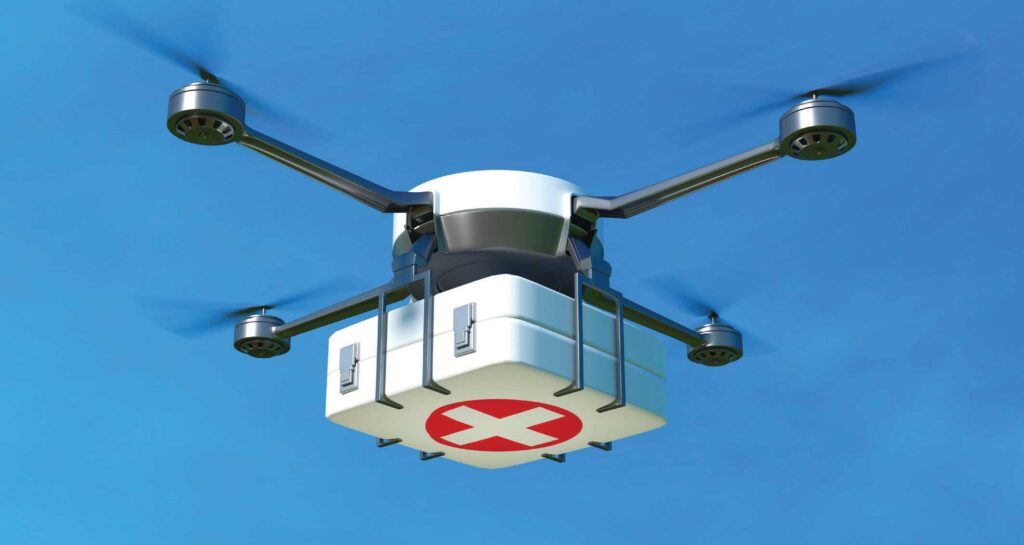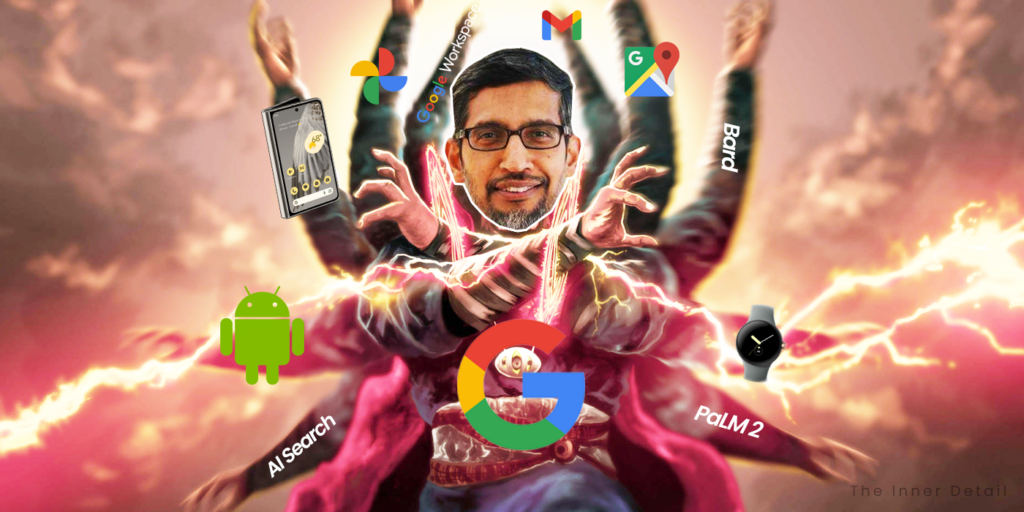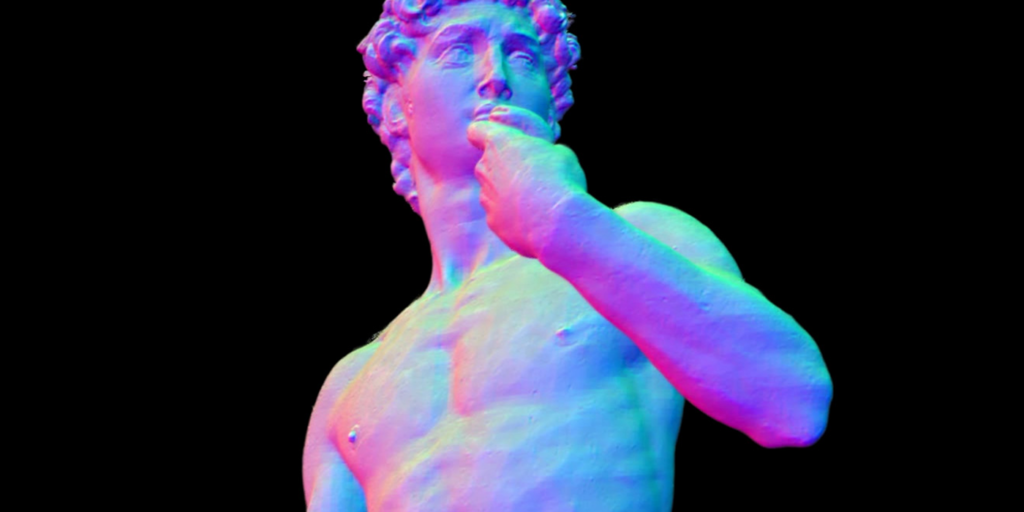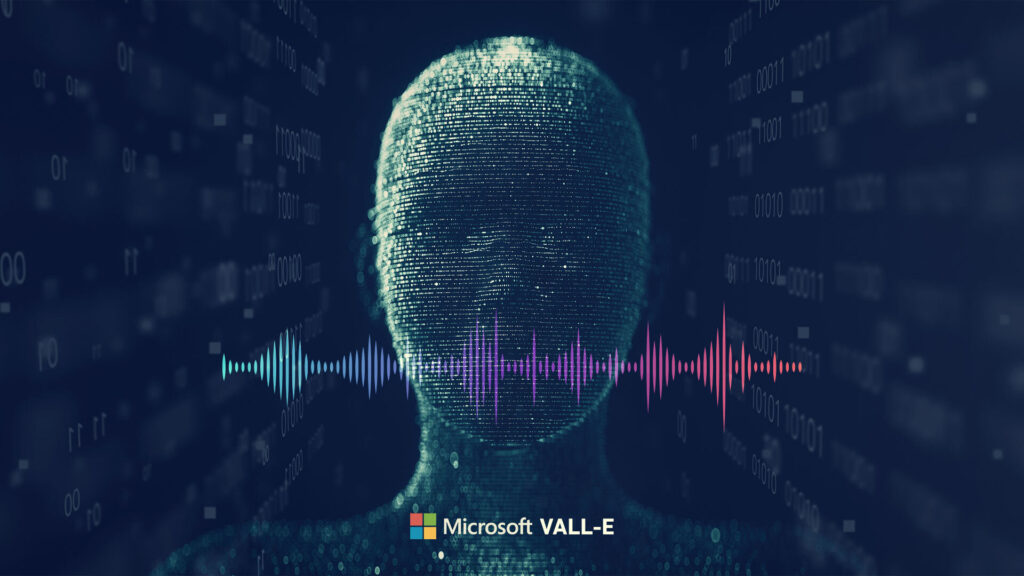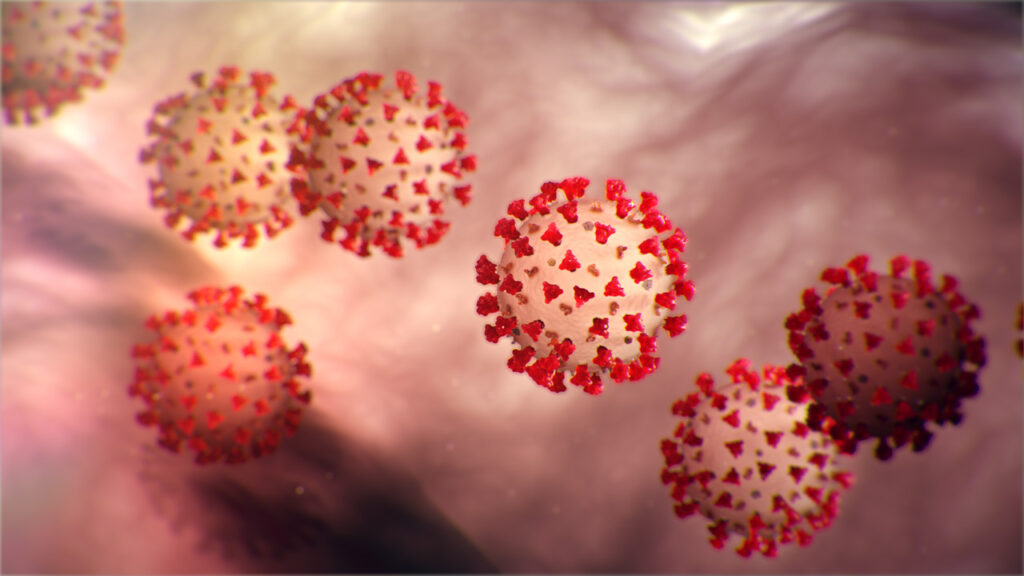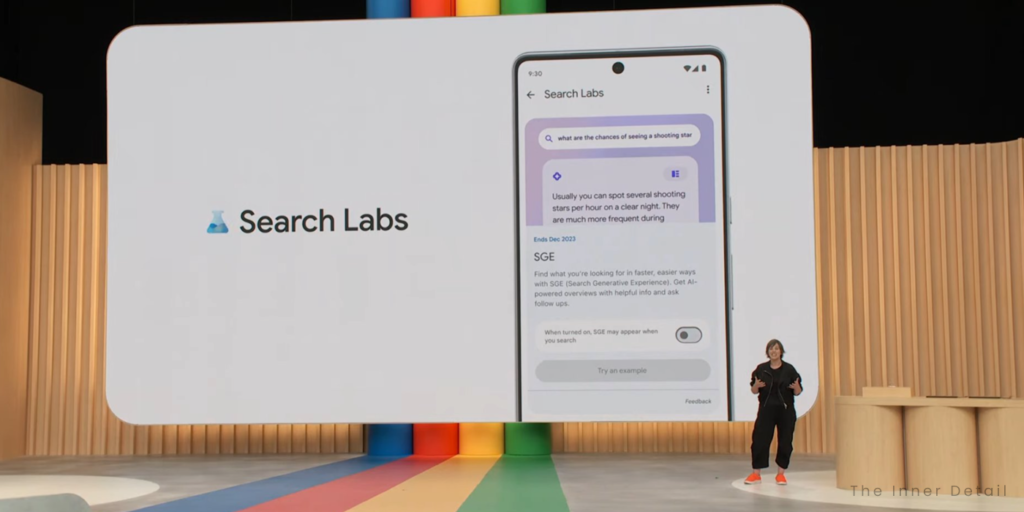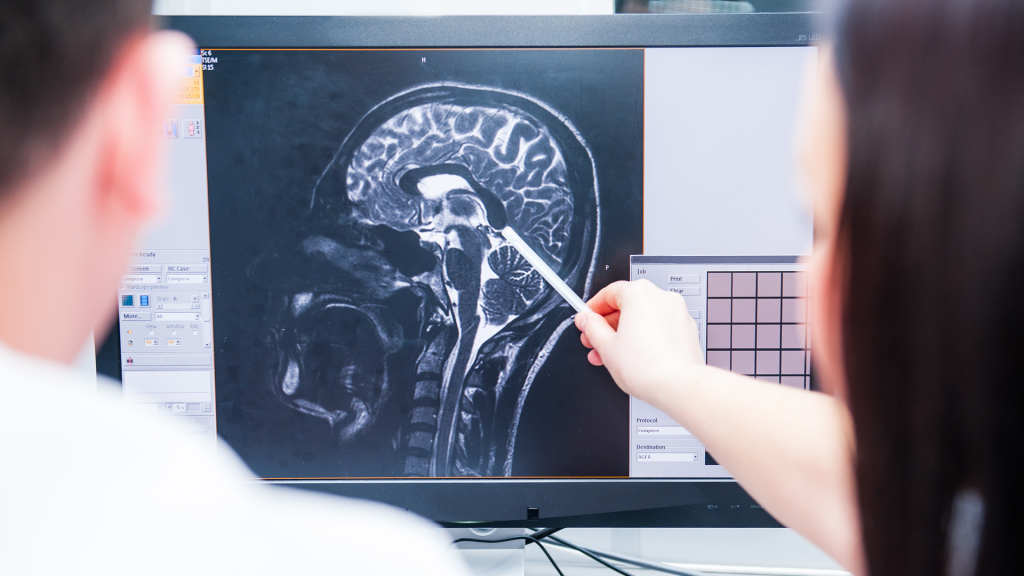Avatar’s Motion Capture AI Technology that’s used to capture the movements and emotions of actors is now used in medical field too to track and diagnose rare diseases, researchers say.
Representing people’s lives either as reality or as dreamy elements is what movies and cinemas have been doing for long years. Directors taking inspiration from actual happenings of the world for their films is reversed now. Films had improved so much in technology that the real-world had taken inspiration from such as this Iron man’s suit, Harry Potter’s invisible cloak and now Avatar inspired motion capture AI tech for its use to detect the onset of diseases.
Yeah! Motion capture suits that bring characters’ movements to life in films like Avatar are helping researchers to track diseases which affect movement.
Motion Capture AI Tech


Avatar, the biggest grossing film of the post-pandemic era uses an artificial intelligence technology called “motion capture” – wherein performers wear markers that reflect infrared lights to cameras positioned across the studio. These cameras create the character’s skeleton, which professionals animate.
James Cameron has leveraged the computational power of AI to analyze the data generated from these suits, allowing artists to bring characters’ movements to life, to display their full emotions in a CGI-controlled environment.
The AI Tech’s use in Finding Diseases
It’s normally prevalent that sooner a disease gets diagnosed, the sooner a patient will receive support and treatment for returning healthy.
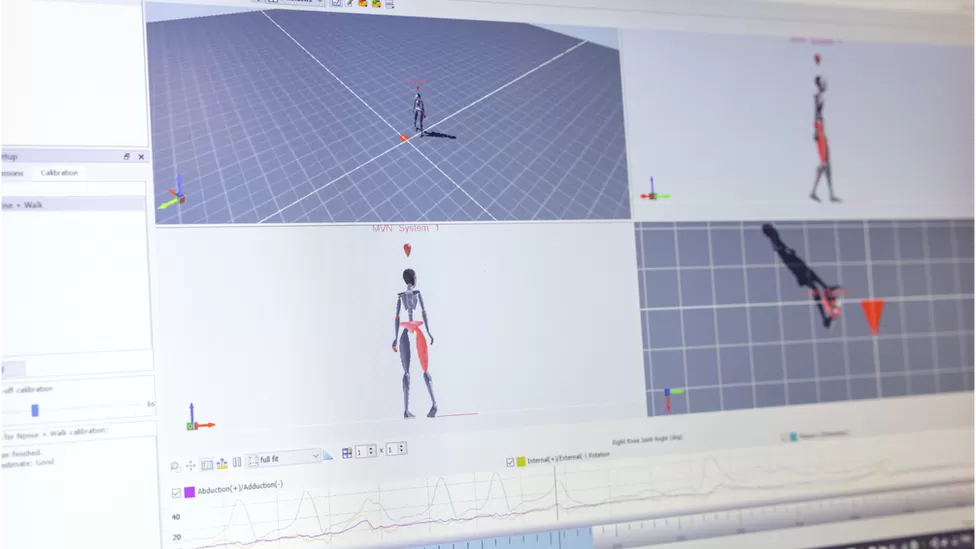
UK researchers deployed the motion capture AI tech to track the body movements in patients with Friedreich’s ataxia (FA) and Duchenne Muscular Dystrophy (DMD) as two separate studies. These are genetic disorders that degenerate healthy body movements affecting nerves in FA and muscles in DMD.
The new AI tech analyses body movements of patients, that’s actually not noticeable to a normal human and diagnose the diseases twice as fast as the world’s best doctors.
Prof Aldo Faisal of Imperial College, who was one of the scientists who conceived of the idea, said it offers many benefits over traditional methods of diagnosis.
“Our new approach detects subtle movements that humans can’t pick up on,” he said. “It has the capability to transform clinical trials as well as improve diagnosis and monitoring for patients”. The tech may also speed up drug trials while lowering the costs.
Related Posts
How Fast is this AI Tech?
“The main beneficiary from our research is going to be patients, because the technology is going to be able to come up with new treatments much more quickly.”
Earlier diagnosis can lead to managing the diseases more effectively to extend the life further. As both of the diseases have no cure currently, early diagnosis is crucial for monitoring them.
A team at Imperial college while testing the software on patients with FA found that it could predict the worsening of the disease over twelve months over half the time it would normally take an industry expert.
In case of testing on patients (21 boys) with DMD, a team at Great Ormond Street found that it could predict how their movements would be affected in next six months much more accurately than a doctor.
One in 50,000 people are affected with FA, whereas DMD affects 20,000 children each year globally.
AI in Medical
Wielding AI in medical field have enhanced diagnosis and treatment of various diseases and had sorted out best nursing practices effectively.
Researchers were able to detect heart diseases using just selfies of a person using AI. The alarming study revealed AI helped them to diagnose the heart disease at 80% accuracy. Explore more about artificial intelligence here.
